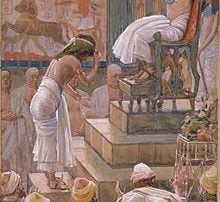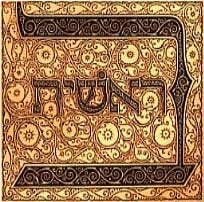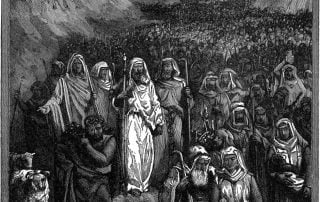Big Bang
בְּרֵאשִׁית בָּרָא Genesis 1:1 The Torah starts with two words—Bereshit bara—“In the beginning, G‑d created…” (or, as Rashi translates it, "At the beginning of creation by G-d...") Bereshit in Hebrew means “in the beginning,” and bara means “created.” What is interesting is that both words begin with the same letter, bet, the equivalent of b. Another two-word expression that describes the process of creation and each of whose two words also starts with the letter b is, of course, the Big Bang. While this linguistic parallel may be a coincidence, the parallel between the biblical cosmogeny as understood by classical biblical commentators and the Big Bang is unmistakable. An early rabbinic source, midrash Tanchumah (c. 8-9 CE) states that when G-d created the world it was not even as big as the black [...]




